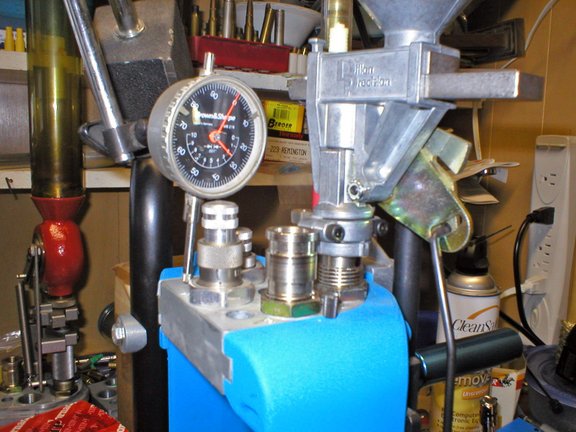I thought it would b nice to leave my dies set up in the Lee turrets and just change the turret with no need for repeat setup.
I notice some slop between the turret and the press, as the ram is raised. Has to have some play to change so easily I guess.
So question is does the die go to the same square position each time a bullet is seated? I don't mind if it raises the die maybe .004 or so if it's always the same and always square when under pressure.
What do you who have experience with rifle cartridges in the Lee Classic know about this?
Thanks much for sharing experience and advice.
I notice some slop between the turret and the press, as the ram is raised. Has to have some play to change so easily I guess.
So question is does the die go to the same square position each time a bullet is seated? I don't mind if it raises the die maybe .004 or so if it's always the same and always square when under pressure.
What do you who have experience with rifle cartridges in the Lee Classic know about this?
Thanks much for sharing experience and advice.

